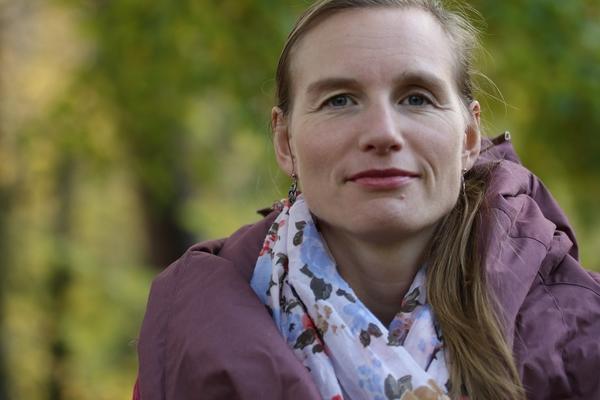New Ph.D. dissertation on EU energy transition

This week, Marie Byskov Lindberg successfully defended her PhD dissertation "Currents of Change Actors, policies and market design in an advancing energy transition".
Read an abstract of the disseration: Against the backdrop of sustained calls for strengthened climate policy, the energy transition is increasing in dynamics and scope. Renewable energy is expanding rapidly worldwide, in particular within the electricity sector. During the past two decades, several new renewable energy technologies have moved from commanding negligible shares of the market to constituting a significant part of the European electricity supply. Most of these renewable technologies, especially wind energy and solar PV, differ from conventional energy sources, in that their production is variable and less predictable. To accommodate for increasing shares of renewable energy production, the configuration of the electricity sector needs to change. This thesis is situated within the nascent field of sustainability transition studies. It investigates the implications of the European energy transition for key actors, policies and the configuration of the electricity system. For this purpose, it draws on theoretical perspectives from innovation studies, political science and social science more broadly. In particular, it mobilizes the multi-level perspective, the advocacy coalition framework and institutional theory.
In the Ph.D. dissertation, Lindberg usees the European transition in the period 2013 to 2018 as a case to explore what happens when a sustainability transition advances. This is a very interesting period since renewable energy technologies are becoming increasingly competitive and reaching higher market shares. Within the transition literature, this is denoted as “the third phase of the transition”, also known as the diffusion or acceleration phase.
The thesis is composed of four research articles and an introductory part. The three first papers have in common that they take a close look at the preferences and policy beliefs of key stakeholders in EU electricity policy. This is used to gather information about the potential directions of the transition, the EU’s policy mix and to show how an advanced transition leads to new constellations in the policy system. The first paper explores how the energy transition can take different pathways. It combines an assessment of the EU’s policy mix and the preferences of key actors to show how actors try to steer the transition in their preferred direction. Building on these insights, the second paper takes a closer look at the policy mix for the energy transition in the EU. Paper 3 identifies the main advocacy coalitions in the electricity policy system and discusses how coalition boundaries have changed along with the advancing transition. The fourth paper takes a slightly different perspective and assesses how existing market designs comply with the ongoing reconfiguration of the electricity system that follow from the energy transition.
The thesis provides three main insights. First, it shows that different sustainability transitions pathways are possible. It identifies the trend toward increasing decentralization versus continued centralization as embodying competing pathways within the EU’s policy mix. Notably, incumbent actors favor centralized technologies and configurations, whereas environmental organizations and new entrants prefer decentralized options. The directionality of transition pathways is closely related to the actors’ business models, financing opportunities and technological competences. Second, the relationship between markets and policies shifts in the third phase of the transition. In a short space of time, certain actors have changed their policy beliefs and preferences. This is especially true for incumbents that have entered into niche technologies. However, the thesis also documents a change among the protagonists formerly considered niche actors. As the niche technologies become more mainstream, several niche actors are moving away from primarily advocating for niche protection and nurturing. Instead, increasing attention is devoted to changing the configuration of the regime. This can above all be observed within the wind industry, which is the largest renewable electricity source in the EU. The thesis documents how the maturing niche and progressive utilities are approaching each other through similar policy preferences and beliefs.
Third, the thesis provides new insights as to the role of market design. As costs for renewable technologies decrease and support schemes for niche technologies become less important, market design is turning into a key issue for succeeding with the energy transition. The fourth paper establishes a framework for assessing the compatibility of zonal market models with the energy transition. Even though the EU has a strong vision for a harmonized European energy policy, electricity market designs vary considerably across member states. Electricity market design has large implications for what kind of infrastructure we have and how it is utilized. The thesis shows how market design can simplify the integration of RE by increasing flexibility and bringing system costs down.
Together, the four studies show that the unfolding energy transition is characterized by a high degree of change. The thesis contributes to transitions theory and the multi-level perspective by documenting how these changes manifest within the policy system, the policy mix and market design. To policy science, the thesis shows how policy studies would benefit from explicitly considering technological change to a greater degree. Policy makers and stakeholders could use the findings to better understand the effects of different policies and market designs, which hopefully would lead to improved solutions and help the energy transition advance further.
